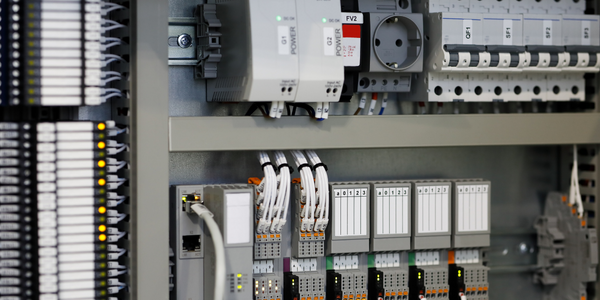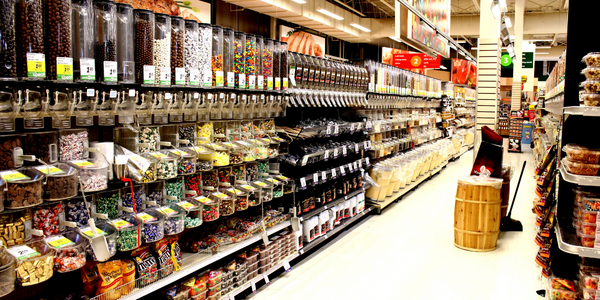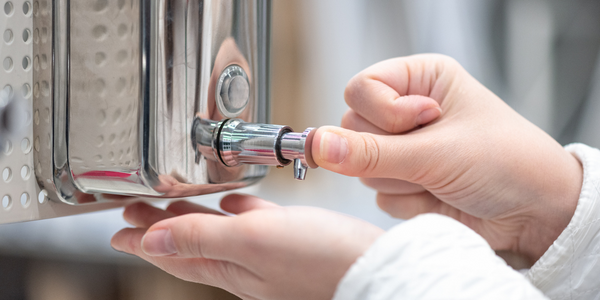Download PDF
Procter & Gamble Implements Terra Technology's Demand Sensing for Improved Forecast Accuracy
Technology Category
- Analytics & Modeling - Data-as-a-Service
- Analytics & Modeling - Predictive Analytics
- Functional Applications - Enterprise Resource Planning Systems (ERP)
Applicable Industries
- Consumer Goods
- Retail
Applicable Functions
- Sales & Marketing
Use Cases
- Demand Planning & Forecasting
- Inventory Management
- Predictive Replenishment
- Supply Chain Visibility
Services
- Data Science Services
- Software Design & Engineering Services
- System Integration
The Challenge
Procter & Gamble (P&G) faced significant challenges in accurately forecasting short-term demand for their consumer products. Their existing 24-month forecast provided a good overview for monthly or weekly production, but it was insufficient for the immediate needs of supply chain planning and manufacturing teams. These teams required a short-term forecast to plan production effectively and avoid 'fire-fighting' practices. P&G needed a solution that could provide accurate short-term demand forecasts to ensure agility and flexibility in manufacturing, especially for products with very short production and order lead times. The company explored various solutions but found that most big software companies lacked the agility to meet their specific demand sensing needs. Terra Technology's Real-Time Forecasting, later known as Demand Sensing (DS), emerged as a promising solution due to its specialized focus on consumer packaged goods (CPG) demand planning and forecasting.
About The Customer
Procter & Gamble (P&G) is a global consumer goods company known for its extensive portfolio of brands, including Always, Dash, Dreft, Duracell, Gillette, Head&Shoulders, Pantene, Pampers, Pringles, Swiffer, and Vicks. With approximately 135,000 employees working in over 80 countries, P&G's products touch the lives of people in 180 countries daily. The company's mission is to offer trusted, quality brands designed to improve the lives of consumers worldwide. P&G is committed to innovation and constantly seeks IT tools to enhance its business processes and organization. Terra Technology's Demand Sensing (DS) solution aligns with P&G's mission by providing accurate short-term demand forecasts, helping the company maintain high service levels and improve operational efficiency.
The Solution
P&G implemented Terra Technology's Demand Sensing (DS) solution to create accurate short-term demand forecasts for finished products. The DS solution uses data from P&G's existing SAP APO system, including daily shipments and open order data, to generate a new forecast every day. This automated process eliminates the need for manual data entry and adjustments, allowing P&G to respond quickly to changes in demand. The pilot project for DS began in July 2005 with hair care products manufactured in France and sold in Germany and Switzerland. By June 2010, DS was used for 90% of P&G's product categories in Western Europe and the Americas. The success of the DS implementation led to the development of Terra Technology's Multi-Enterprise Demand Sensing (MDS) solution, which incorporates additional data sources such as Point-of-Sale (POS) data and retailer forecasts. MDS was first implemented in North America in August 2009 and is being piloted in Western Europe. P&G plans to roll out DS and MDS to Central and Eastern Europe and explore implementation in Asia, despite the region's unique challenges.
Operational Impact
Quantitative Benefit
Related Case Studies.
.png)
Case Study
Improving Vending Machine Profitability with the Internet of Things (IoT)
The vending industry is undergoing a sea change, taking advantage of new technologies to go beyond just delivering snacks to creating a new retail location. Intelligent vending machines can be found in many public locations as well as company facilities, selling different types of goods and services, including even computer accessories, gold bars, tickets, and office supplies. With increasing sophistication, they may also provide time- and location-based data pertaining to sales, inventory, and customer preferences. But at the end of the day, vending machine operators know greater profitability is driven by higher sales and lower operating costs.

Case Study
Improving Production Line Efficiency with Ethernet Micro RTU Controller
Moxa was asked to provide a connectivity solution for one of the world's leading cosmetics companies. This multinational corporation, with retail presence in 130 countries, 23 global braches, and over 66,000 employees, sought to improve the efficiency of their production process by migrating from manual monitoring to an automatic productivity monitoring system. The production line was being monitored by ABB Real-TPI, a factory information system that offers data collection and analysis to improve plant efficiency. Due to software limitations, the customer needed an OPC server and a corresponding I/O solution to collect data from additional sensor devices for the Real-TPI system. The goal is to enable the factory information system to more thoroughly collect data from every corner of the production line. This will improve its ability to measure Overall Equipment Effectiveness (OEE) and translate into increased production efficiencies. System Requirements • Instant status updates while still consuming minimal bandwidth to relieve strain on limited factory networks • Interoperable with ABB Real-TPI • Small form factor appropriate for deployment where space is scarce • Remote software management and configuration to simplify operations

Case Study
How Sirqul’s IoT Platform is Crafting Carrefour’s New In-Store Experiences
Carrefour Taiwan’s goal is to be completely digital by end of 2018. Out-dated manual methods for analysis and assumptions limited Carrefour’s ability to change the customer experience and were void of real-time decision-making capabilities. Rather than relying solely on sales data, assumptions, and disparate systems, Carrefour Taiwan’s CEO led an initiative to find a connected IoT solution that could give the team the ability to make real-time changes and more informed decisions. Prior to implementing, Carrefour struggled to address their conversion rates and did not have the proper insights into the customer decision-making process nor how to make an immediate impact without losing customer confidence.

Case Study
Digital Retail Security Solutions
Sennco wanted to help its retail customers increase sales and profits by developing an innovative alarm system as opposed to conventional connected alarms that are permanently tethered to display products. These traditional security systems were cumbersome and intrusive to the customer shopping experience. Additionally, they provided no useful data or analytics.






